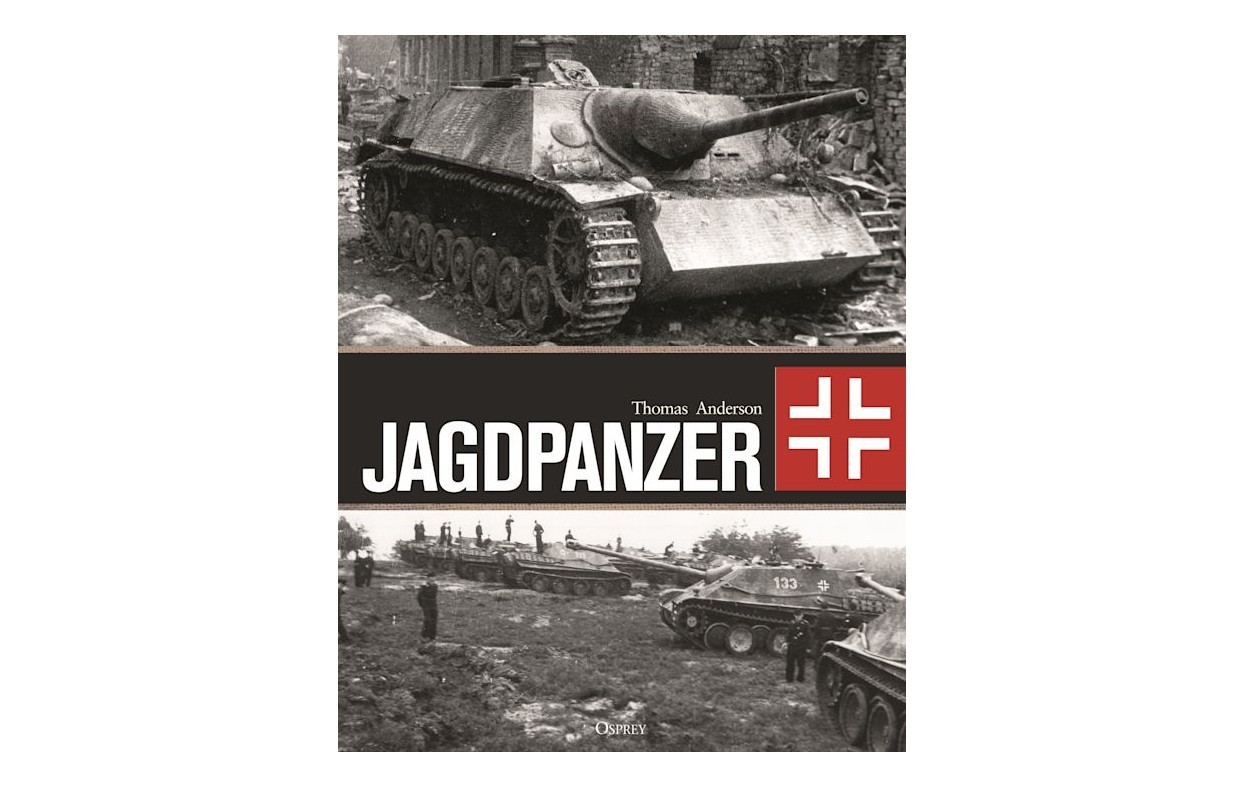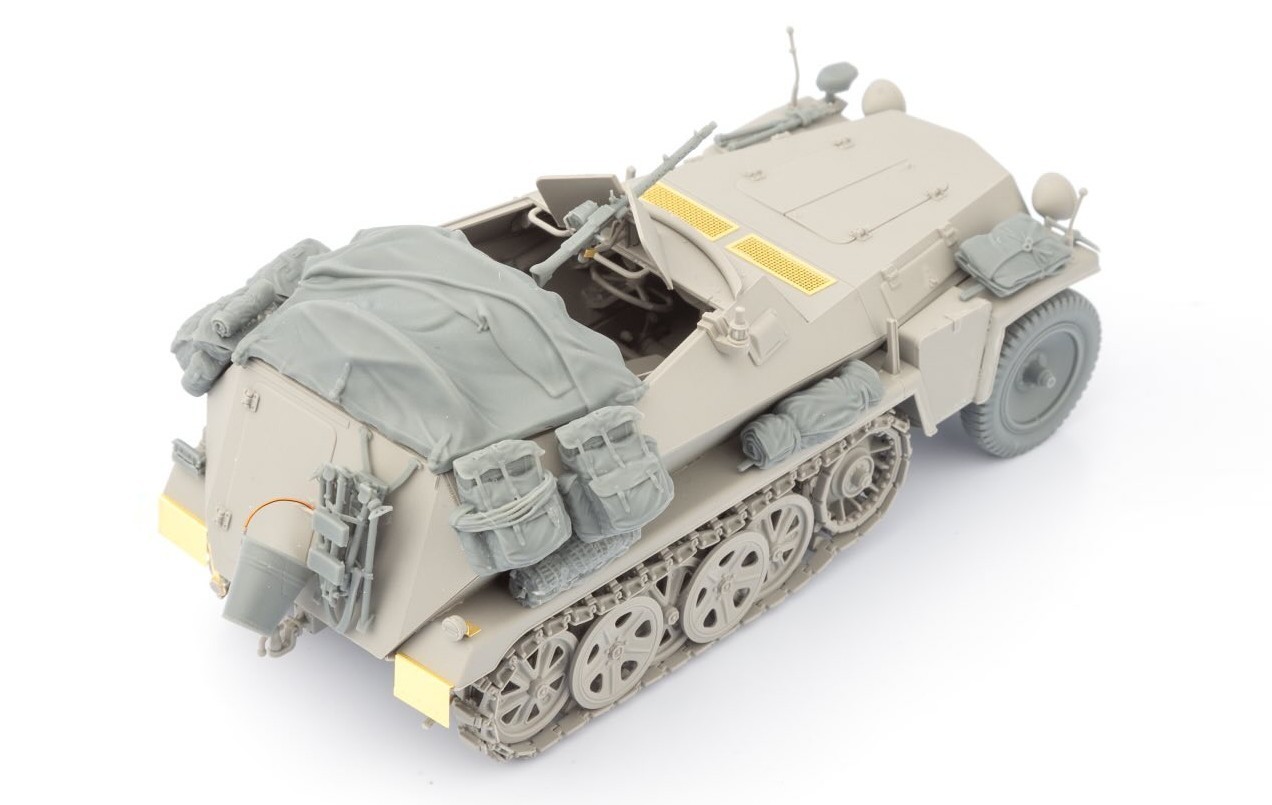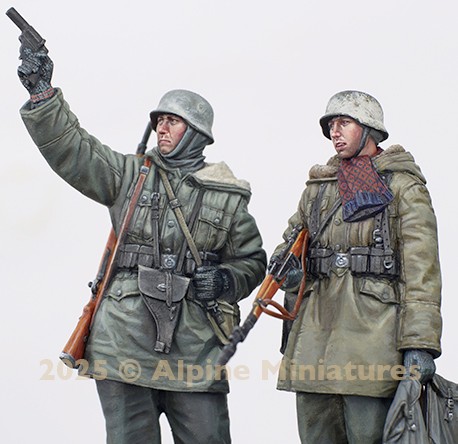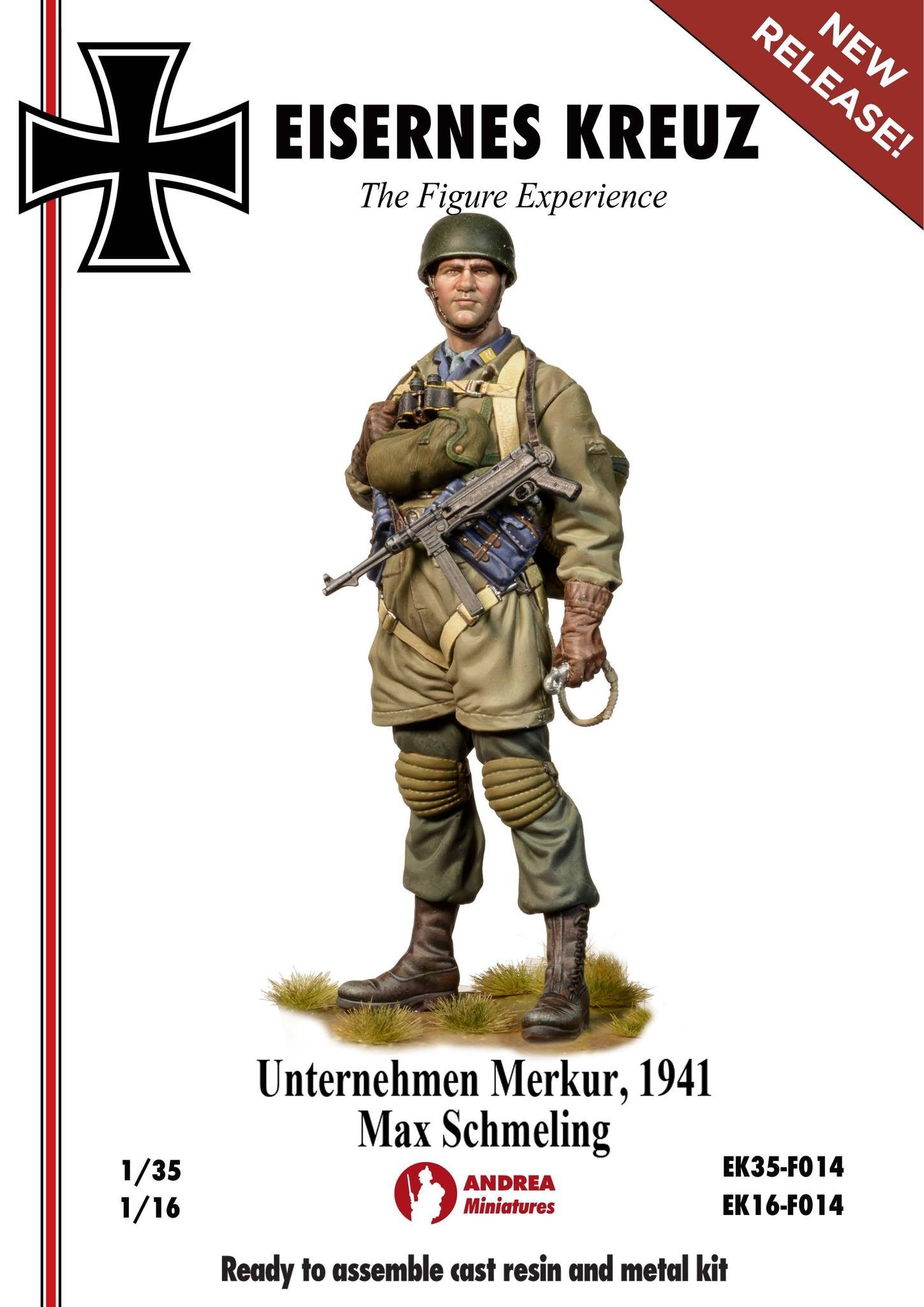
Throughout World War II, all sides grappled with how to deal with the threat of enemy armour. The Wehrmacht had adopted the 3.7cm anti-tank gun in the inter-war years, and it was this weapon that equipped the all-conquering armies of the Blitzkrieg years. However, it was soon apparent that the 3.7cm gun lacked firepower and more powerful weapons had to be introduced.
By 1942, hard-pressed Panzerjäger (anti-tank) units using towed weapons on the Eastern Front increasingly sought assistance from assault artillery units equipped with tracked Sturmgeschütz (StuG – assault gun). By late 1943, the StuG was being issued to new tank destroyer units and, at the same time, a dedicated Jagdpanzer (hunting tank) was in development, based on the chassis and running gear of the PzKpfw IV.
This highly illustrated study by German armour expert Thomas Anderson uses archival material and after-action reports to explore the evolution of the Jagdpanzer, and the many variants built on other German tank chassis. It also details the organization of Jagdpanzer units and their operational experience on the battlefield.


























